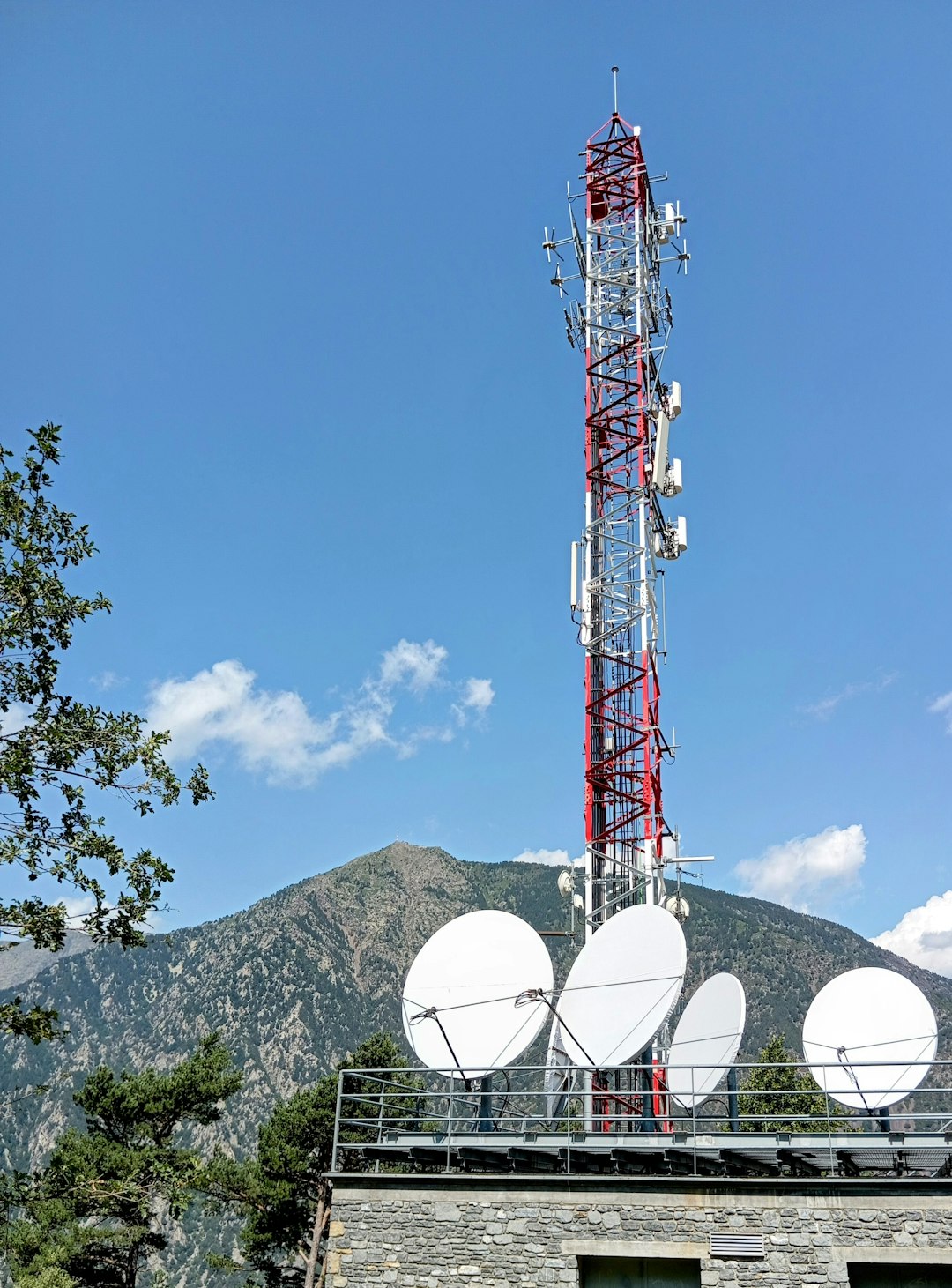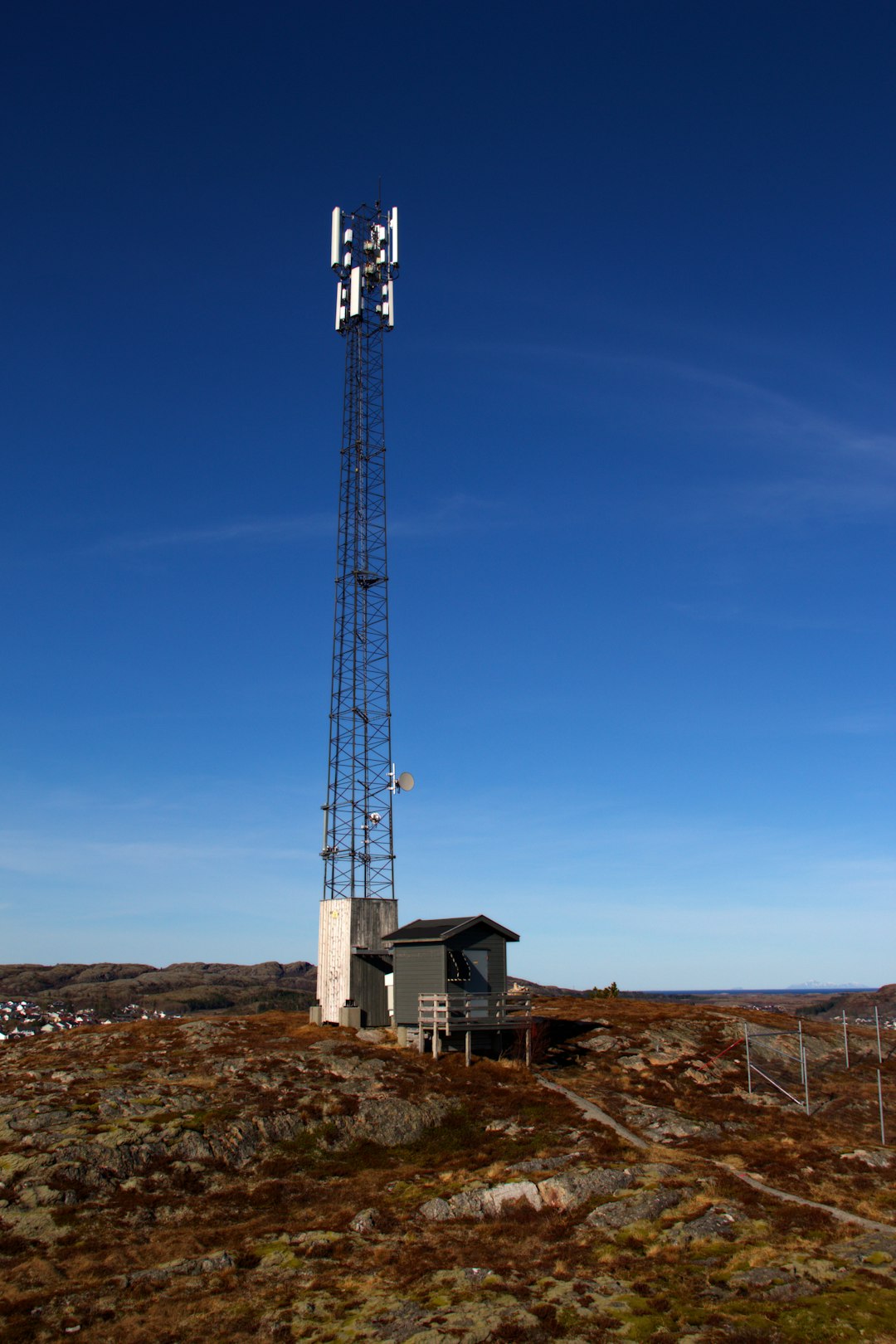Imagine trekking through the pristine wilderness of Alaska or conducting wildlife surveys deep in the Amazon rainforest — all while staying seamlessly connected to the digital world. Until recently, these types of remote ventures meant sacrificing reliable communication, often leading to isolation and logistical challenges. But a groundbreaking advancement is shifting that reality: satellite-to-phone connectivity.
Satellite-to-phone technology is reshaping mobile communication by eliminating the need for traditional cell towers. Instead, it allows standard smartphones to connect directly to low-Earth orbit (LEO) satellites, ensuring coverage even in the most remote corners of the planet. This innovation carries enormous implications for remote workers, digital nomads, emergency personnel, and outdoor professionals. In this article, we’ll explore how this technology works, its benefits and limitations, and what it means for the future of mobile work.
Understanding Satellite-to-Phone Technology
Traditional mobile networks rely on cell towers that transmit signals within a fixed range. Once you’re out of that range—say, in a dense forest or in the open ocean—your signal vanishes. Satellite-to-phone connectivity bypasses this limitation by using satellites orbiting the Earth to relay data and voice signals. These satellites can cover vast geographical areas, making it possible to stay connected regardless of where you are.
This capability is made possible through partnerships between satellite service providers and smartphone manufacturers. Companies like Apple, Huawei, and Samsung are already incorporating satellite components into newer phone models. Meanwhile, satellite networks like SpaceX’s Starlink, Globalstar, and Iridium are expanding their low Earth orbit constellations to support this connectivity.

Why It Matters for Remote Workers
In a world increasingly reliant on digital connectivity, satellite-to-phone services offer game-changing benefits for those working far beyond urban centers. Here are some ways remote workers stand to gain:
1. Reliable Communication in Isolated Locations
Whether you’re a research scientist in Antarctica or a freelance writer living off-grid in rural Mongolia, reliable communication is no longer a dream. Satellite-to-phone technology enables workers to participate in video calls, send emails, and access cloud-based files without needing a terrestrial network.
2. Greater Safety During Travel
One of the biggest risks of working or traveling in remote areas is the inability to call for help in an emergency. With satellite connectivity, remote workers can now:
- Send an SOS message even without cellular reception
- Share real-time GPS coordinates with emergency services
- Stay in contact with colleagues, friends, and family
3. Enhanced Productivity
Satellite-to-phone access allows digital nomads and professionals to work on the move—attending virtual meetings, submitting time-sensitive work, or troubleshooting client issues—no matter where they find themselves.
Industries Transforming Through Satellites
This leap in technology is not just thrilling for adventurers. Several industries are poised to benefit significantly, including:
- Environmental Research: Enables live data uploads from remote monitoring stations.
- Construction and Infrastructure: Keeps project managers connected at undeveloped sites.
- Telemedicine: Facilitates remote diagnoses and guidance for communities lacking clinics.
- Disaster Recovery: Supports communication in areas affected by natural disasters where networks are down.
- Media and Journalism: Allows reporters to broadcast stories from conflict zones or disaster areas.

How It Works on Smartphones
Not all smartphones currently support satellite communication, but the tide is shifting. The latest devices often come equipped with hardware, such as specialized antennas, to facilitate satellite links. Services are typically limited at first—such as basic SMS or emergency messaging—but they’re expanding to include voice calls and data connections.
Depending on the provider, users may need to:
- Point their phone toward the sky to establish a clear satellite line
- Use a designated app or messaging function specifically for satellite use
- Subscribe to a satellite service plan offered by the mobile carrier
Some providers are also integrating satellite coverage automatically, so users won’t even realize when they switch from terrestrial to satellite networks.
Potential Limitations
While incredibly promising, satellite-to-phone services are not without challenges. Here are a few potential drawbacks remote workers should be aware of:
1. Cost
Early satellite service plans can carry premium prices. While costs are expected to decrease as adoption grows and competition increases, it might still be a barrier for some freelancers or startups operating on tight budgets.
2. Limited Bandwidth
Satellite communication, especially in its early stages, may offer slower speeds compared to 5G or fiber networks. That means large file uploads or high-definition video conferencing may still be limited under certain conditions.
3. Obstruction Sensitivity
A clear line of sight to the sky is usually required. Dense forests, urban canyons, or adverse weather can affect transmission quality. Working indoors under a thick canopy or surrounded by tall buildings may reduce connection reliability.
Security and Privacy Considerations
Data transmitted via satellite is subject to different security parameters than typical mobile networks. While satellite providers use encryption and secure channels, the nature of satellite infrastructure—often spanning multiple countries—can introduce unique legal and privacy concerns.
Remote workers dealing with sensitive information should investigate:
- How data is stored and transmitted by the satellite provider
- Applicable regional data protection laws
- Best practices for securing personal devices
What the Future Holds
Satellite-to-phone is more than just a convenient feature—it’s part of a larger movement toward global connectivity. Here’s what to look for in the coming years:
- Expanded Coverage: As more satellites are deployed, even traditionally “dead zones” will gain high-performance coverage.
- Increased Competition: Tech giants like Google and Amazon entering the space will drive prices down and innovation up.
- Universal Compatibility: Future phones may come with universal satellite readiness as standard, much like Wi-Fi or Bluetooth today.
With the rise of this technology, we may eventually see a world where mobile blackouts become a relic of the past.
Final Thoughts
For remote workers, satellite-to-phone connectivity marks the dawn of a new era. No longer limited by geography or infrastructure, professionals can now pursue flexible, mobile careers with a newfound sense of security and accessibility. While the technology is still maturing, its trajectory promises to unlock opportunities that were once out of reach.
Whether you’re managing a business from a secluded beach or conducting conservation work in a mountainous region, the sky is literally the limit. It’s time to explore the world without leaving the grid behind.



